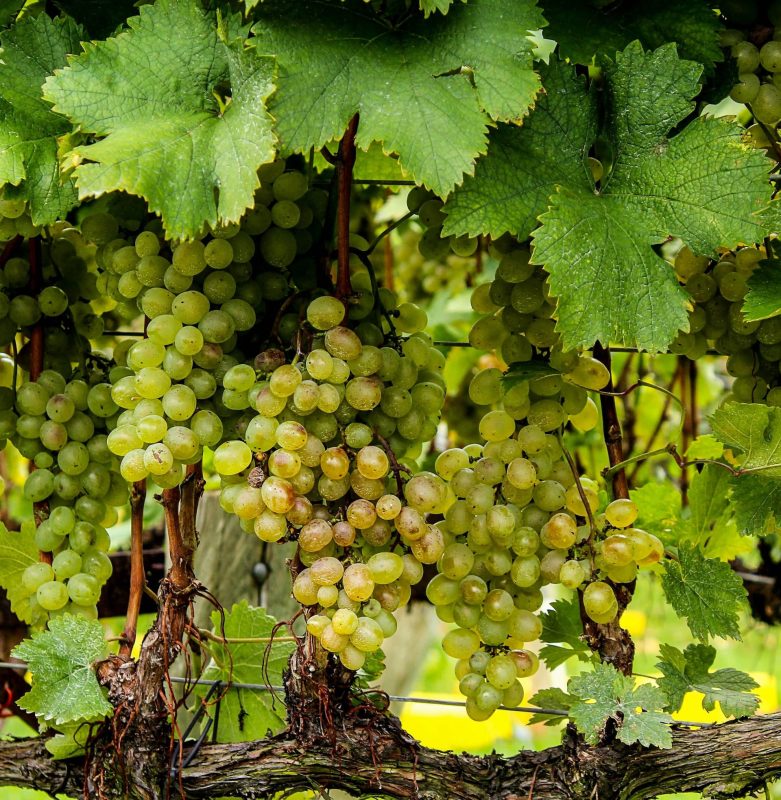YETRAC
Complete Guide to Vineyard Fertilization: Tips for Healthy Vines and Bountiful Grape Harvests
Complete Guide to Vineyard Fertilization: Tips for Healthy Vines and Bountiful Grape Harvests
Vineyards are a testament to the art of winemaking, and proper fertilization plays a crucial role in nurturing healthy vines and ensuring abundant grape harvests. In this comprehensive guide, we will explore the key steps and techniques for effectively fertilizing vineyards. From understanding nutrient requirements to selecting the right fertilizers and implementing strategic fertilization methods, you’ll gain valuable insights to maximize the health and productivity of your grapevines.
Soil Analysis
Before fertilizing your vineyard, conduct a thorough soil analysis to assess the nutrient content, pH level, and overall soil health. This analysis will help you identify any nutrient deficiencies or imbalances that need to be addressed through fertilization.
Macronutrients for Grapevines
Grapevines have specific macronutrient requirements for vigorous growth, proper fruit development, and overall vine health. The primary macronutrients are nitrogen (N), phosphorus (P), and potassium (K). Nitrogen supports vegetative growth, phosphorus aids in root development and flowering, and potassium enhances overall vine health and fruit quality. Select fertilizers with appropriate ratios of these macronutrients, such as a 10-10-10 or 8-12-16 formulation.
Timing of Fertilization
Timing is crucial when it comes to fertilizing vineyards. Apply fertilizers in early spring before bud break to support initial growth. Additional applications may be needed during key growth stages, such as after fruit set or during veraison, to meet the increasing nutrient demands of the vines.
Organic Matter and Cover Crops
Incorporate organic matter, such as compost or well-decomposed manure, into the soil to improve its structure, nutrient retention, and moisture-holding capacity. Consider planting cover crops between vine rows to enhance soil fertility, suppress weeds, and provide natural sources of nutrients as they decompose.
Balanced Fertilizers and Slow-Release Formulations
Choose balanced fertilizers specifically formulated for grapevines. These fertilizers provide a blend of essential nutrients necessary for vine growth and grape production. Slow-release fertilizers are particularly beneficial as they release nutrients gradually, ensuring a steady supply throughout the growing season.
Micronutrient Management
Pay attention to micronutrient requirements, as grapevines may require supplemental micronutrients for optimal growth and fruit quality. Common micronutrients for grapevines include zinc, iron, manganese, and boron. Conduct a soil analysis to identify any micronutrient deficiencies and address them through targeted fertilizers or foliar sprays.
Irrigation and Water Management
Proper irrigation is critical for vine health and nutrient uptake. Provide adequate and consistent water to the vines, especially during crucial growth stages and dry periods. Implement irrigation systems that deliver water directly to the root zone while minimizing water stress and excess moisture.
Monitoring and Adjusting
Regularly monitor the health and vigor of your grapevines throughout the growing season. Observe the leaves, shoot growth, and fruit development for any signs of nutrient deficiencies or imbalances. Adjust your fertilization program accordingly, either by modifying application rates or adjusting the timing to meet the specific needs of your vineyard.
Proper fertilization is vital for the health and productivity of vineyards. By conducting a soil analysis, understanding nutrient requirements, selecting the right fertilizers, and implementing strategic fertilization methods, you can foster healthy grapevines and enjoy bountiful grape harvests year after year. Remember to consider macronutrients, conduct soil analysis, incorporate organic matter and cover crops, use balanced and slow-release fertilizers, manage micronutrients, practice proper irrigation and water management, and monitor your vineyard closely. With these practices in place, you’ll be able to cultivate thriving vines and produce high-quality grapes for winemaking. Cheers to a successful vineyard!

